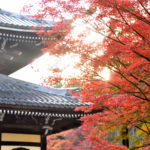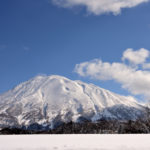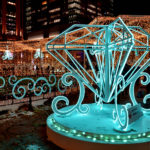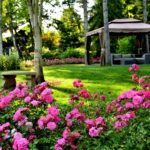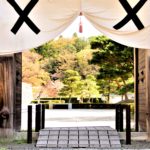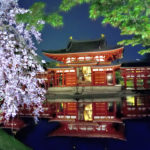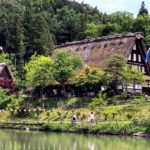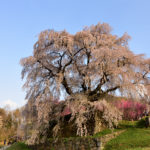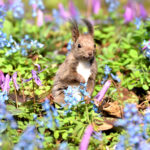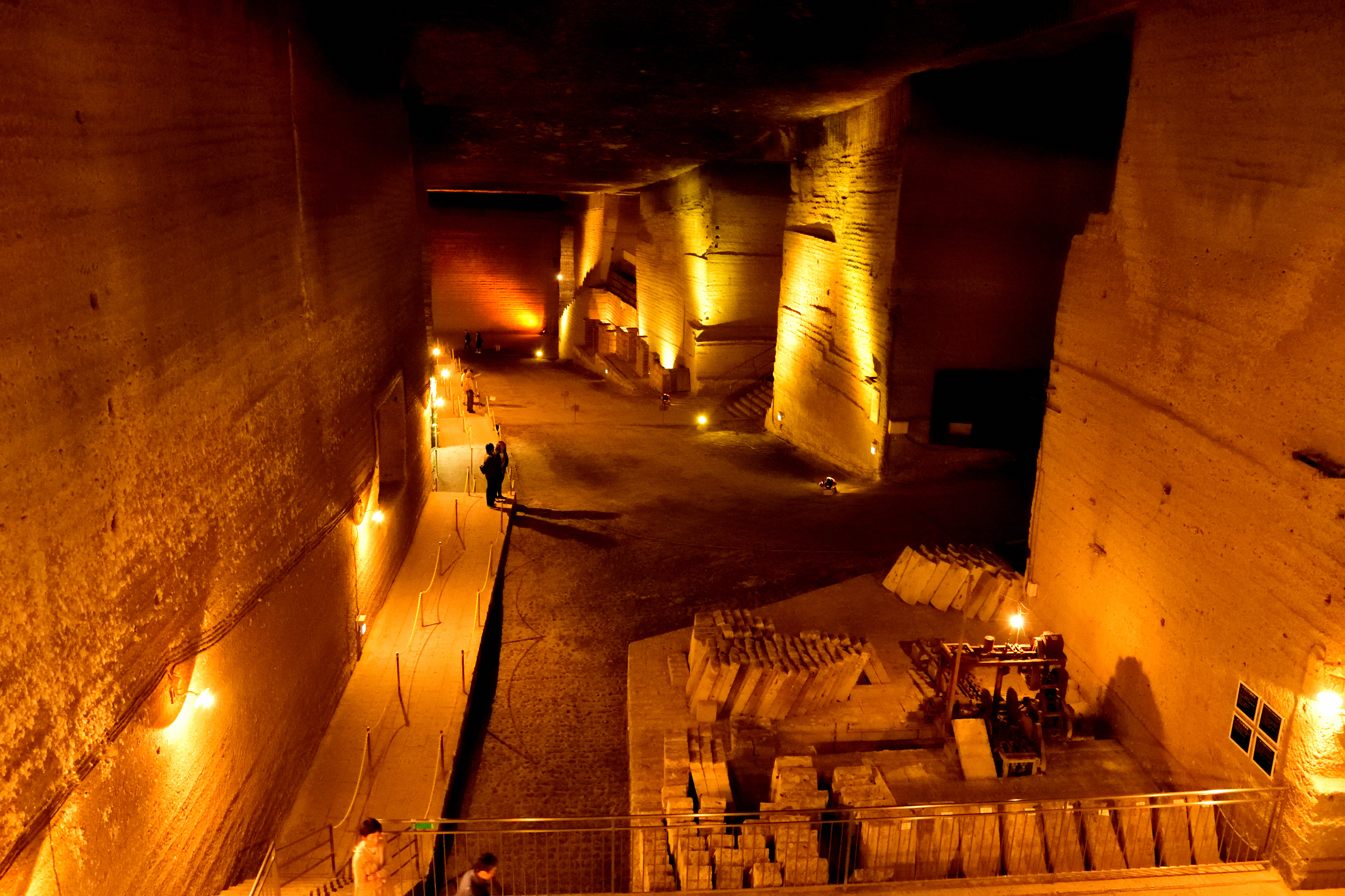
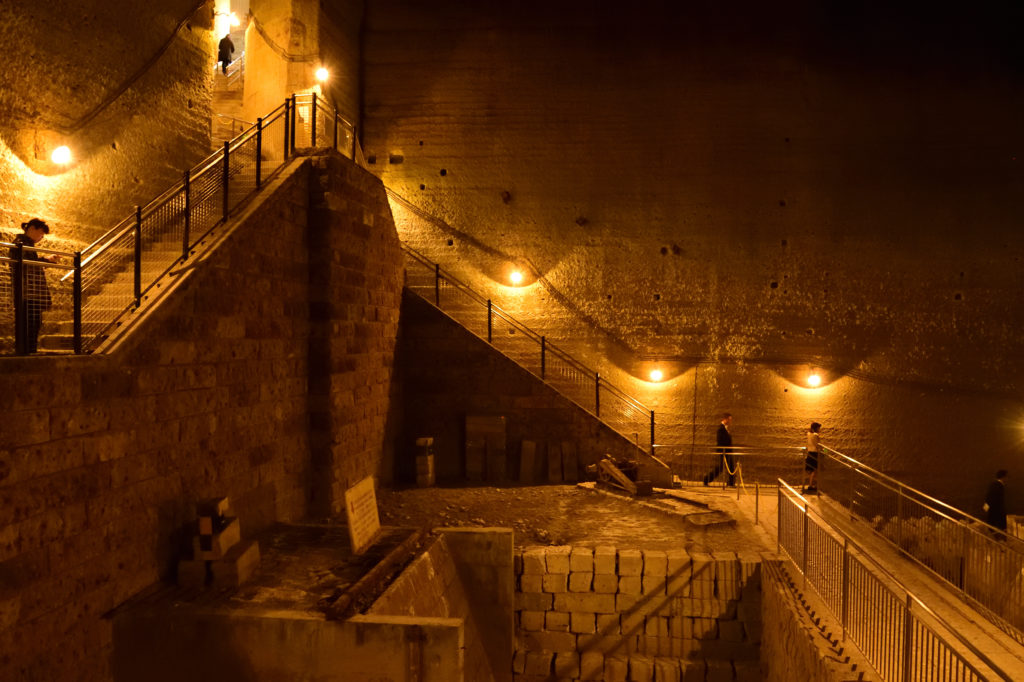
In Oya town, Utsunomiya-city there is a huge underground space like the ancient Roman ruins. Oya stone, which was mined from the area around Oyai Town and was created by deposition of volcanic ash and pumice approximately 2000 years ago, was also used for the construction of the former Imperial Hotel. The underground mining site of the "Oya history museum", which opened in 1979, is an underground space created by mining Oya stone from the ceiling to the wall and floor.

"Oya history museum" is used in various applications such as concerts, dramas and movies. The area of 20,000 square meters and 30 meters below ground level is so huge that Tokyo Dome can easily fit in. During the war, it was used as an underground vault of the Army and an underground plant to manufacture fighters. The atmosphere is profound and mysterious, reminiscent of an ancient temple.

Underground mining site trace called "unknown space" that ordinary people could not see. Go down the long steps of Oya Stone to the huge underground space.
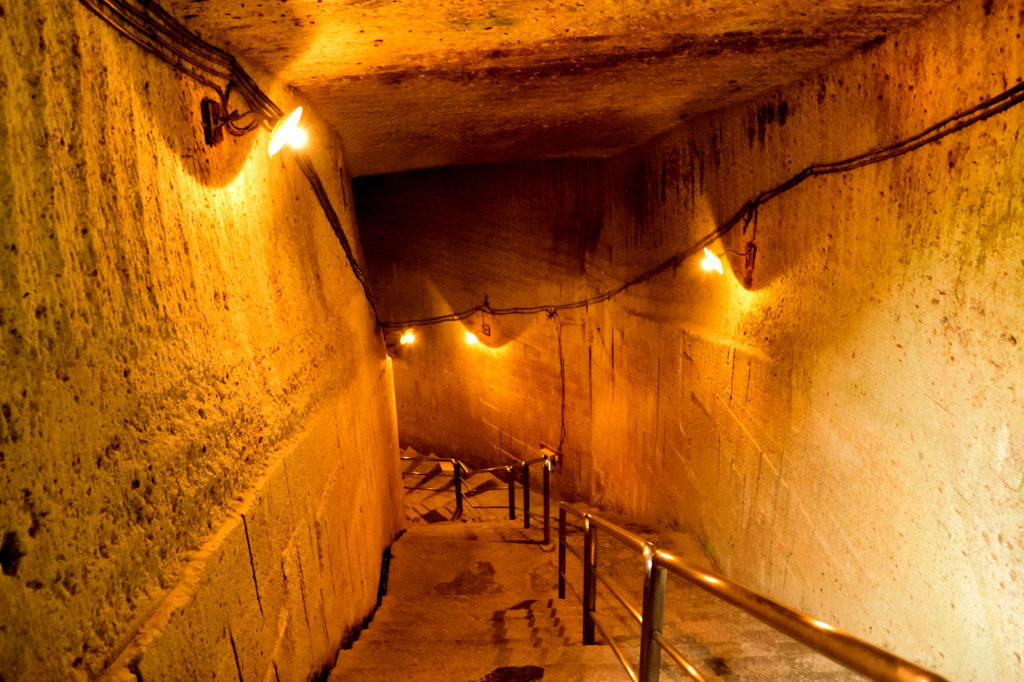
Arrive at the end of the road, cut out Oya stone and huge space arranged in a row! . It is an underground world of overwhelming scale that I do not think to be in Japan.
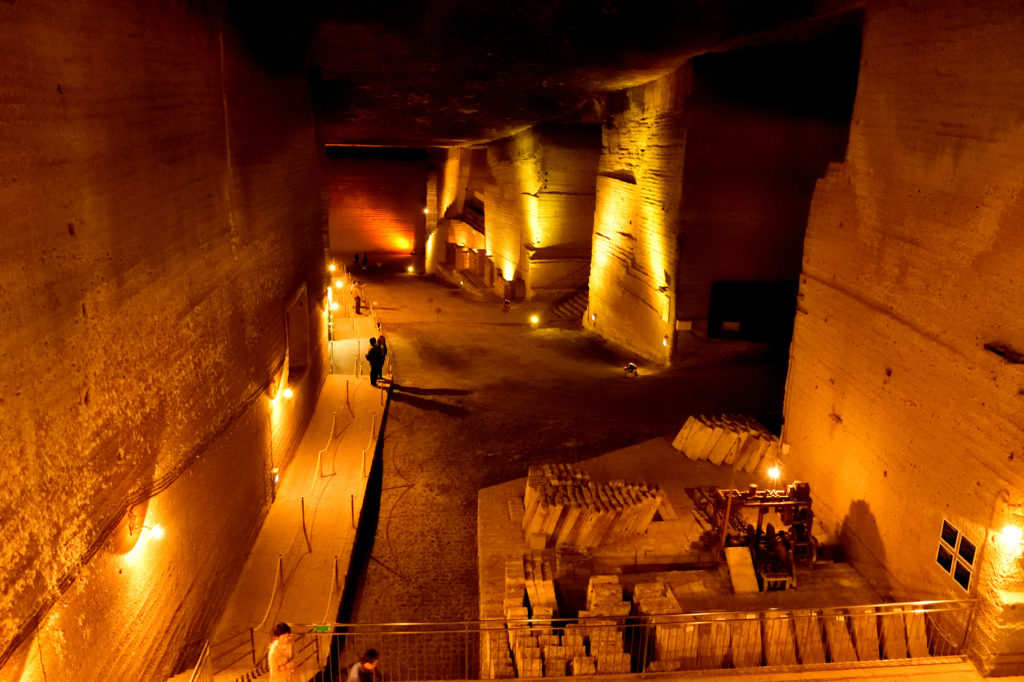
The average annual temperature inside the mine is around 8 ℃, and it is cold even in midsummer, and you can feel a different world view from the ground.

A great attraction is the illusion that natural phenomena intervene, such as sunlight from a hole in the ceiling, mist generated by the temperature difference with the outside air, and the “flower of stone” that sparkles like crystals floating on the wall.
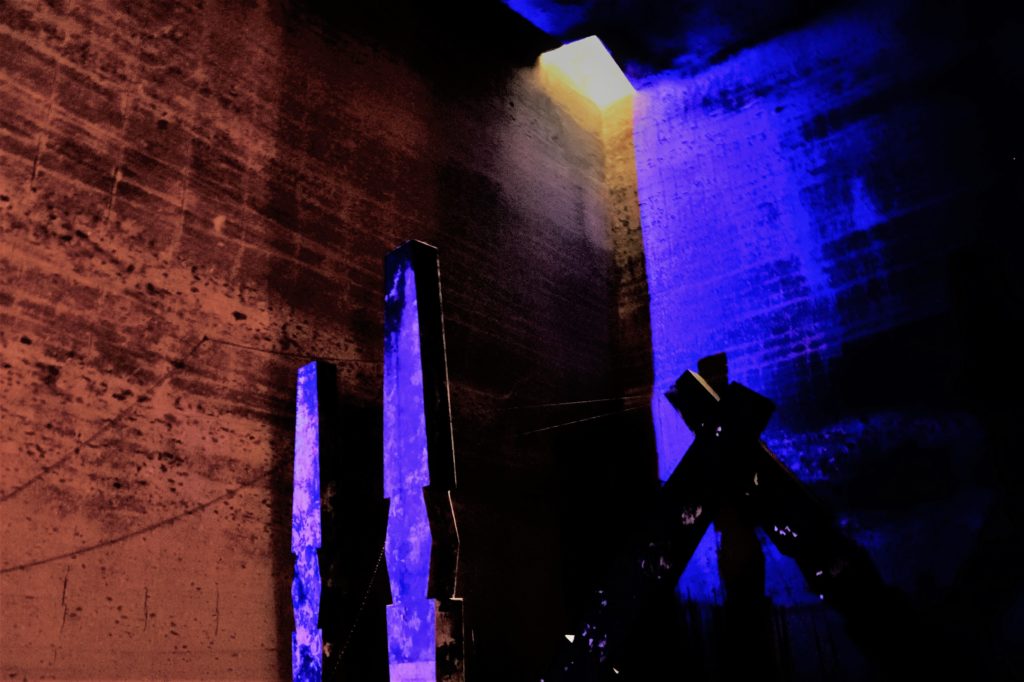
The tools of mining from the middle of the Edo period to around 1960 were only a few pickaxes and a backpack used to carry stones. The stone surface is left with handpicked pickaxes, giving a heavy feeling of annual ring weight.
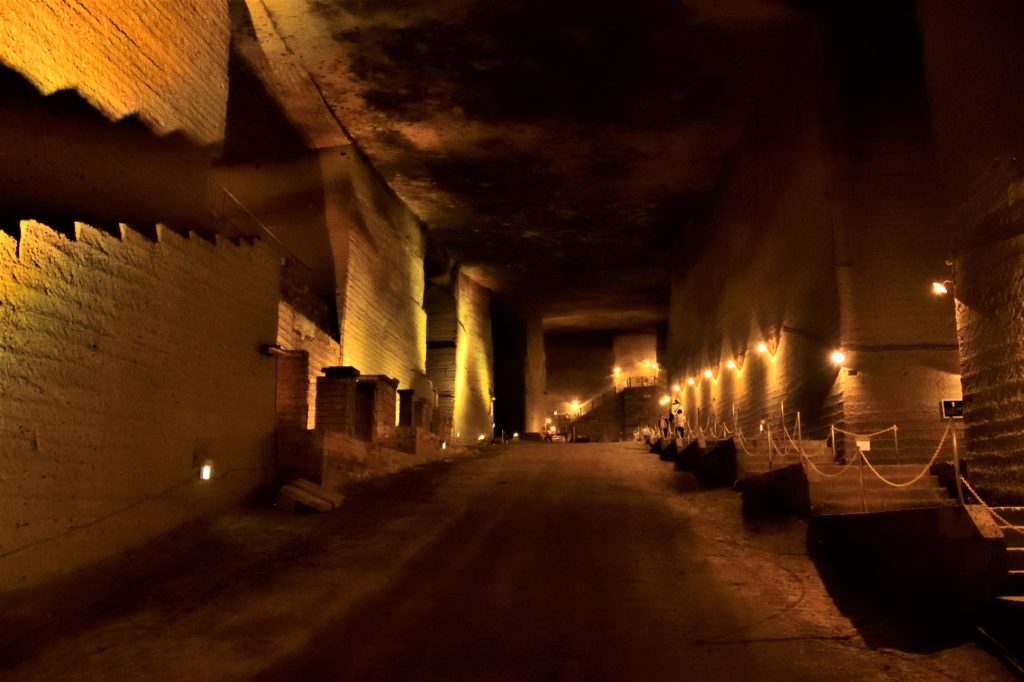
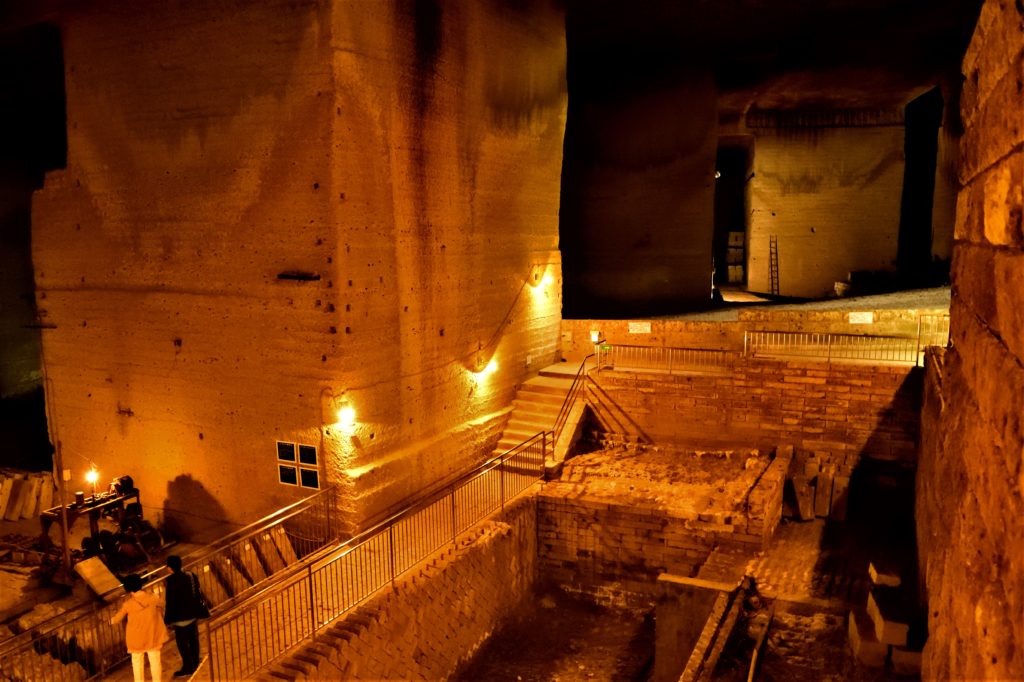
Shimmering lighting in places of dimly lit underground creates a fantastic world. The world's first underground temple wedding held in this huge underground space is attracting attention. It will be an unforgettable ceremony.
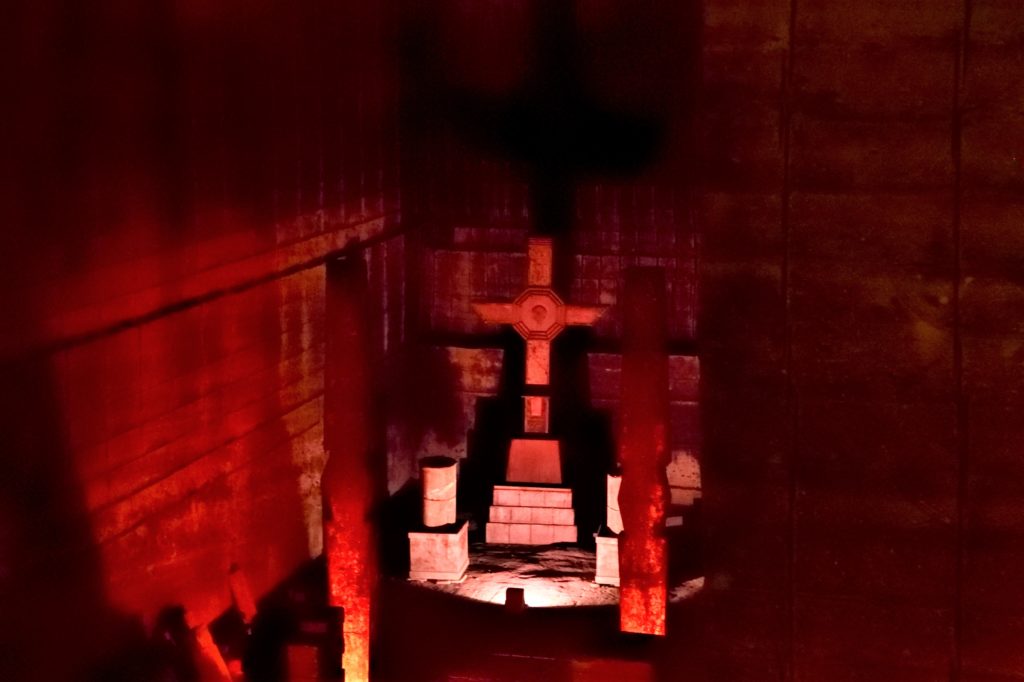
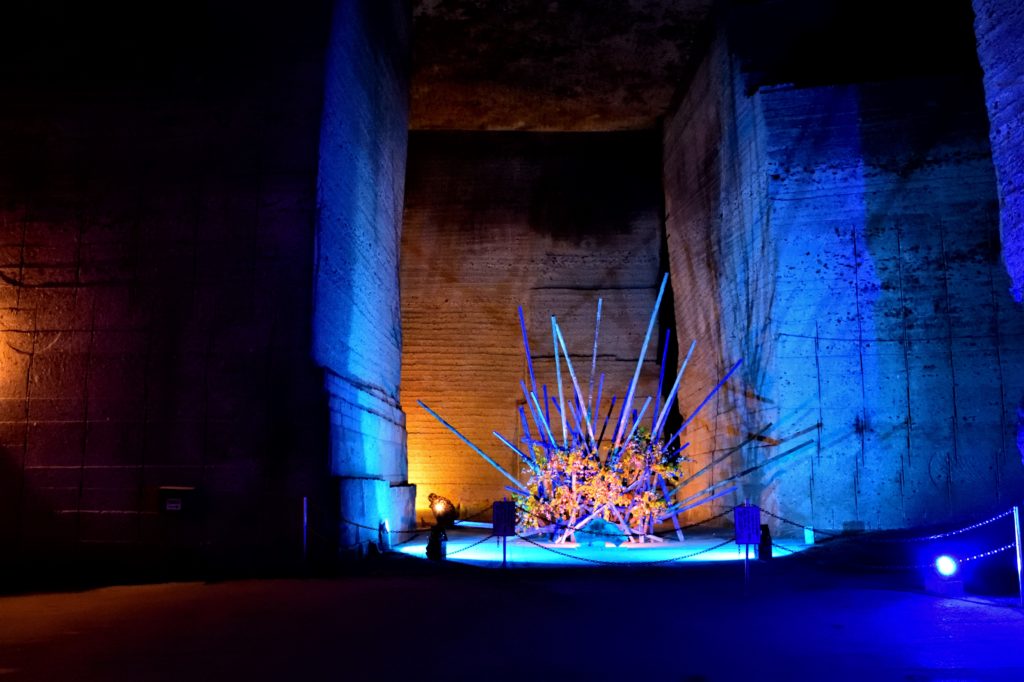
"ROCKSIDE MARKET" fascinated craft collaboration
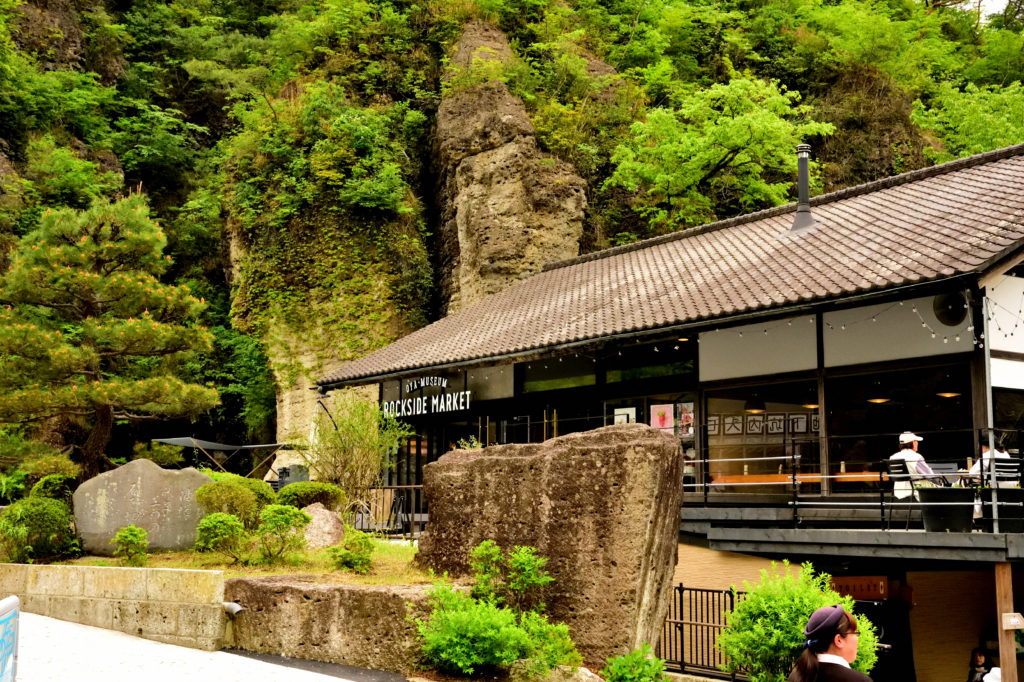
There are "History museum" which introduces the history of Oya stone mining and "ROCKSIDE MARKET" in the site. "Mashiko-yaki" that produces nuanced colors reminiscent of Scandinavian goods using red earth, accessories of "Madada cord" that arranges traditional Japanese braids, colorful pouches made of "Maoka cotton" known as high-quality cotton, etc. Is displayed.
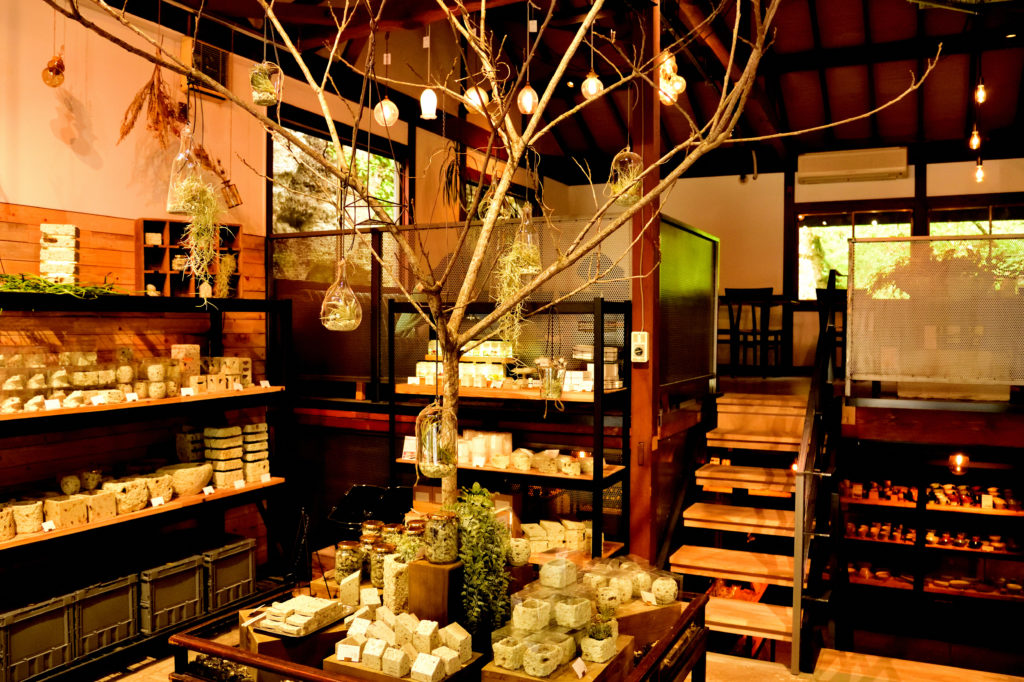
The original goods of the shop are displayed, and the traditional craft handed down in Tochigi and the technology of the modern craftsman are collaborated. By redesigning local crafts into items that are easy to incorporate into everyday life, I felt the desire of locals to know the goodness of materials and the height of craftsmanship techniques.

There is also a café on the open terrace where you can enjoy café time while watching the dynamic quay.

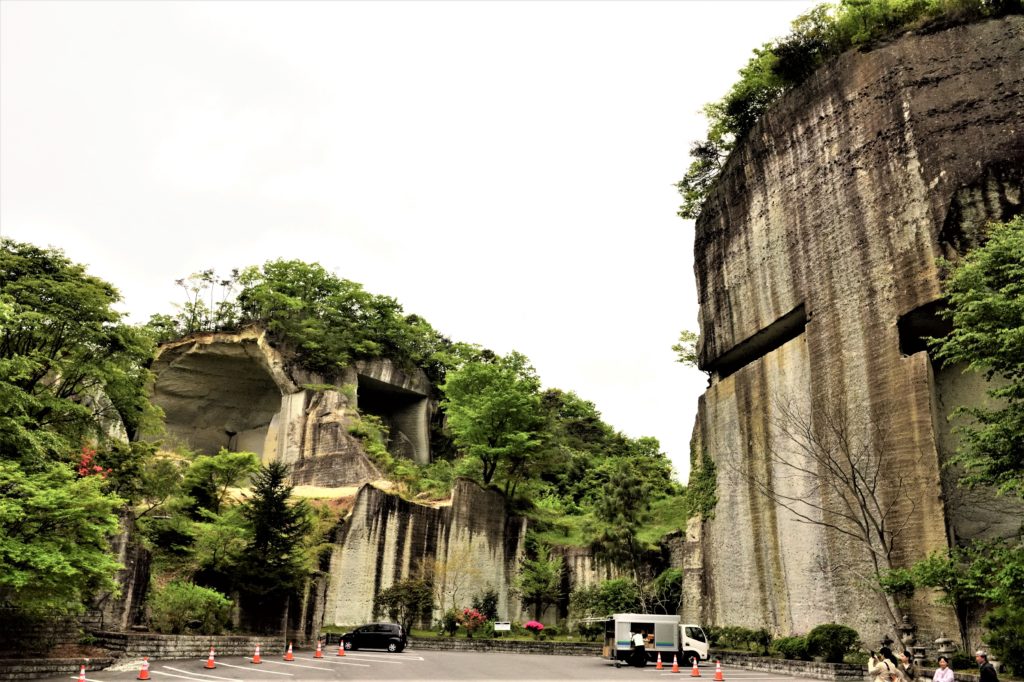
The interior of Oya Stone was casually placed in the shop that feels warmth utilizing the wood grain. The main menu of the café is a galette made with Tochigi buckwheat flour and gelato made of fresh ingredients, and all menus are made from Tochigi's abundant ingredients.
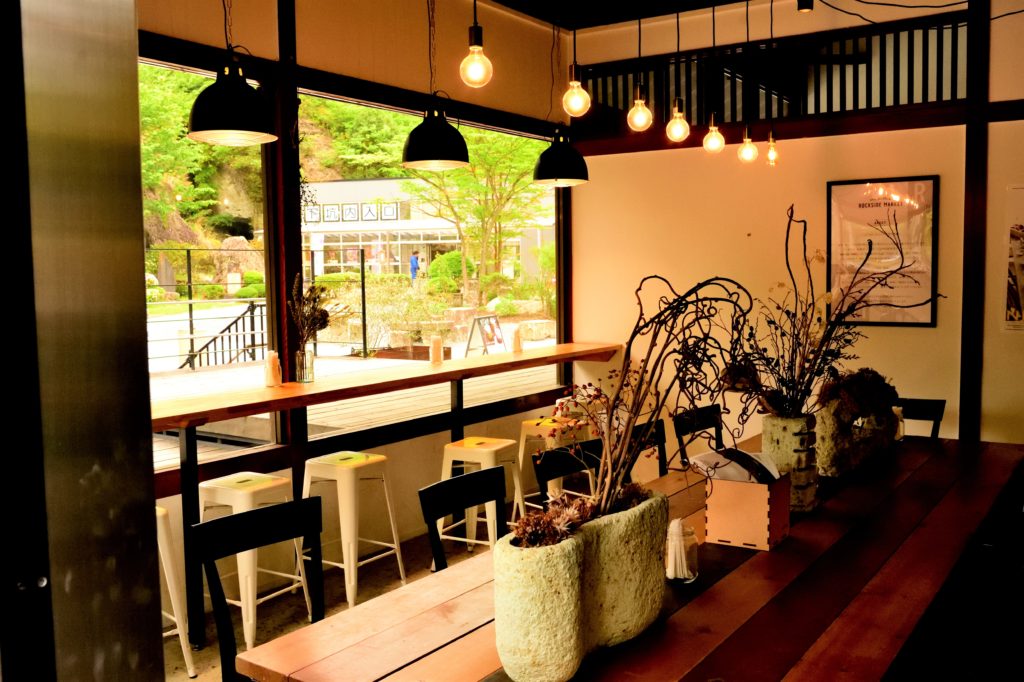

"Otani Kannon" "Otani Peace Kannon" A history of praying for peace and carving Oya stone

"Oya temple" is known as a temple opened by Kobo Daishi, and the oldest stone cliff Buddha in Japan carved into a rock wall in a cave is the main shrine. There is a Buddha figure carved on a rock face, a 3-4 m "thousand-armed Kannon" that is supposed to be carved by Kobo Daishi around 810. This Buddha figure carved on a rock face is called "Oyakannon" or "Oyamagabutsu" and is designated as an important cultural property of the country. Oya temple is in the lower part of the rock, and I was overwhelmed by the location and power of the temple I had never seen before. The sculptures of the three Buddhas carved directly on the rock wall enshrined at the end of the temple and the jade on both sides are a masterpiece.

After leaving the hall where the three sculptures are enshrined, the magnificent garden was spread. The red temple at the bottom of the pond is a Benten-do temple, where it plays Benzaiten. The statue of the white snake in the lower right of the temple is the god-sending snake, and the white snake is said to be the incarnation of Benzaiten.
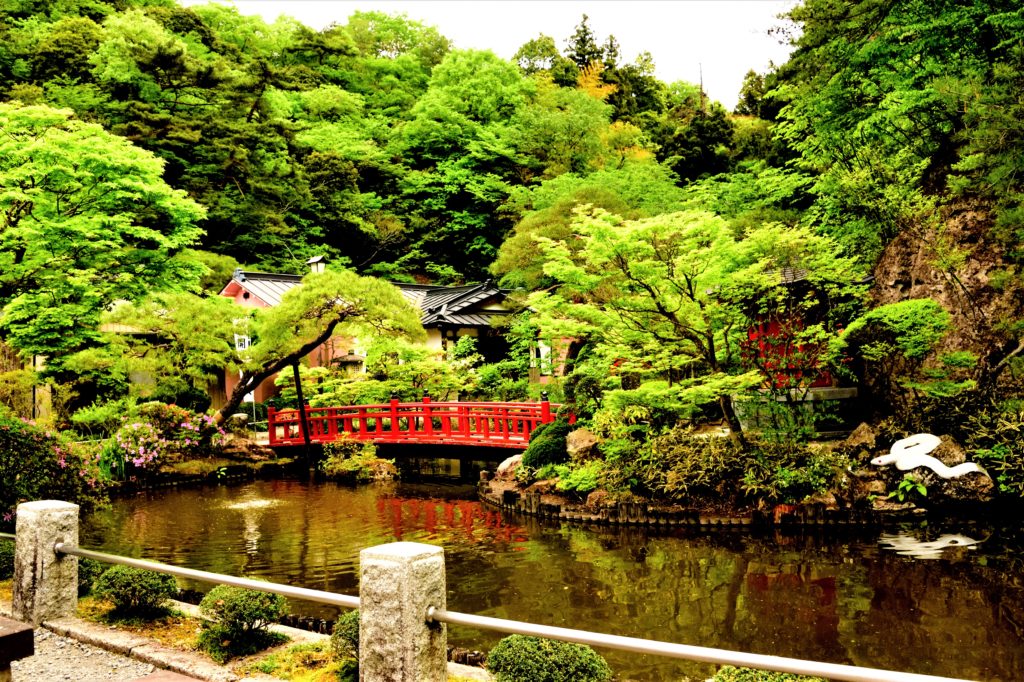
"Oya Peace Kannon" is a Kannon that has been carved over six years to enlighten the spirits of the war dead in the Pacific War and with the wish of world peace. The height is about 27 meters, and you can also see the remnants that were the site of the Otani Stone mine.
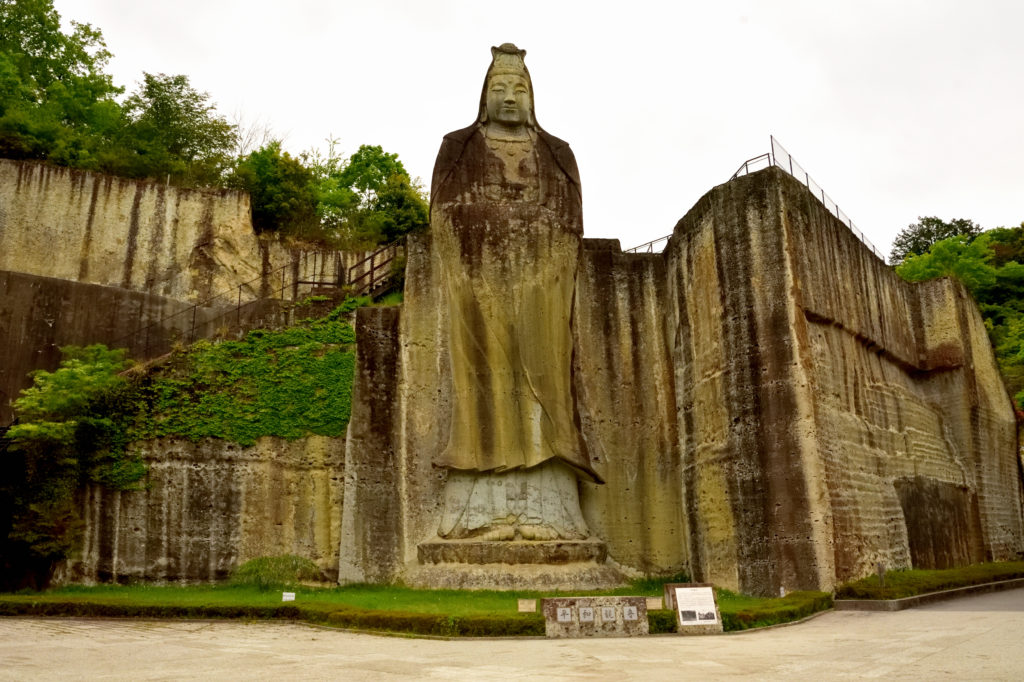
Tourists would like to visit along with the Oya history museum. Local resources were fully utilized, and the visit of the stone village "Oya" was a fascinating trip that gave me a unique experience as if I was lost in the film world.

Access
Hours: April - November 9 am - 5 pm; December - March 9.30 am - 4.30 pm; closed on Tuesday from December to March.
Admission: Adults 800 yen; Junior High students and Elementary students 400 yen.
Regular Kanto buses from Utsunomiya Station run out to Oya. The journey takes about 30 minutes. Get off at the Oya Kannon-mae (大谷資料) bus stop. On weekdays buses run from 6.16 am until 8.37 pm. On weekends the first bus is at 6.27 am. The fare is 450 yen.
By car exit the Tohoku Expressway at the Utsunomiya IC.
Oya history museum:http://www.oya909.co.jp/
